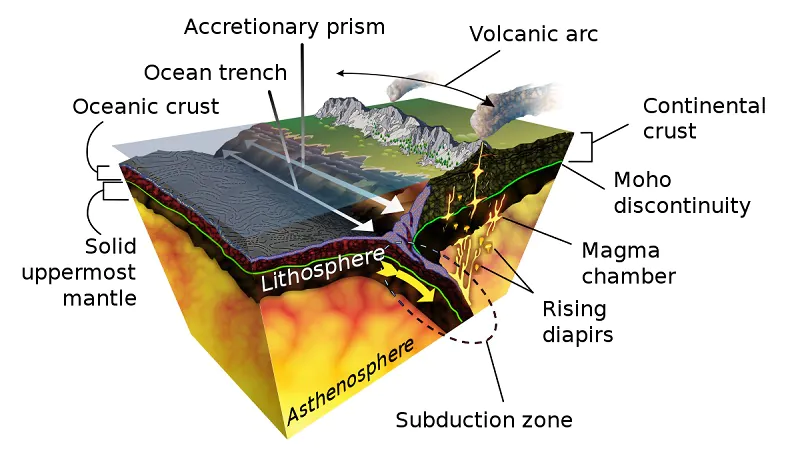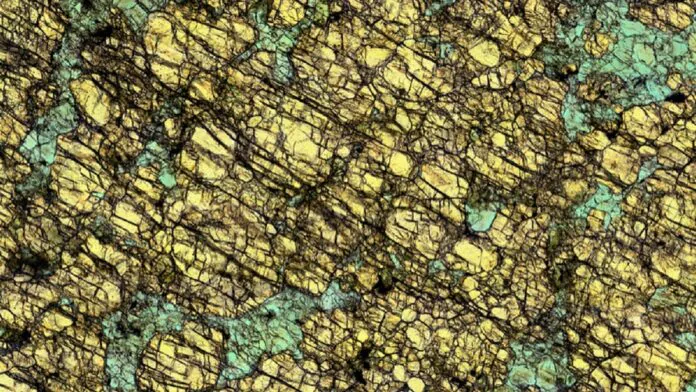© ROOT-NATION.com - Use of content is permitted with a backlink.
A new study by geologists at the Woods Hole Oceanographic Institute (WHOI) and scientists at the Massachusetts Institute of Technology found that colliding continental plates absorb much more water than previously thought.
Subduction zones can be found all over the world. When one tectonic plate dives under another one, in the process it can capture ocean water, drawing it deep into the mantle, where it connects with rising magma. The more water the magma contains, the more explosive an eruption can be. Thus, subduction zones are the sites of the strongest and most destructive volcanic eruptions in the world.

Magma in subduction zones can contain up to 20% water by weight, which is 2-times more than the maximum water content predicted by scientists. To test their hypothesis, the researchers turned to ancient igneous rocks called plutons, which remained deep below the surface and never erupted. These rocks became a kind of reservoirs of water, which was first absorbed. In the end, their calculations revealed that the arc magmas contained an original water content of more than 8 percent by weight.
The results of the research may also reveal the places where ore deposits and high concentrations of copper, silver, and gold can be found. It is believed that minerals were formed from magmatic fluids separated from the original magma, which carries copper and other metals in solution. The problem has always been that the formation of such deposits requires a lot of water – more than comes from magma with 4% water content. New research shows that water-saturated magmas are the first candidates for the formation of useful ore deposits.
You can also help Ukraine fight with Russian occupants via Savelife or via an official page of the National Bank of Ukraine.
Read also:


